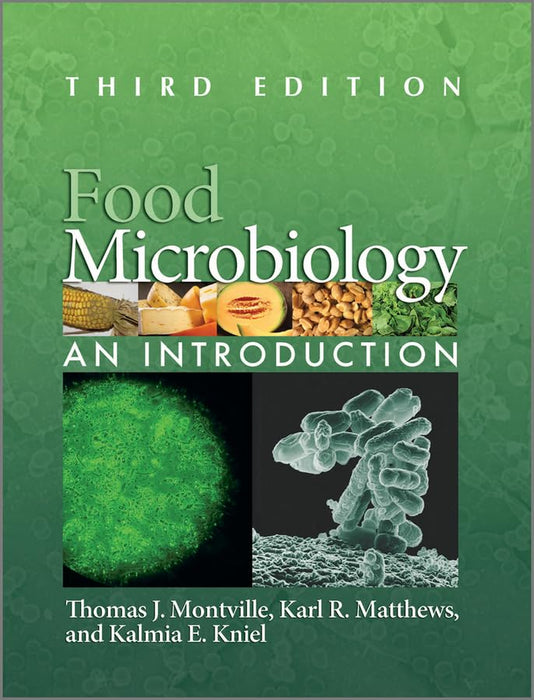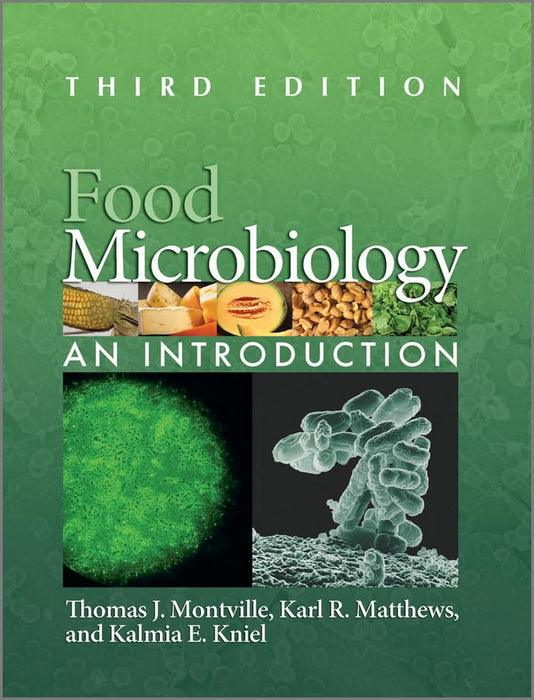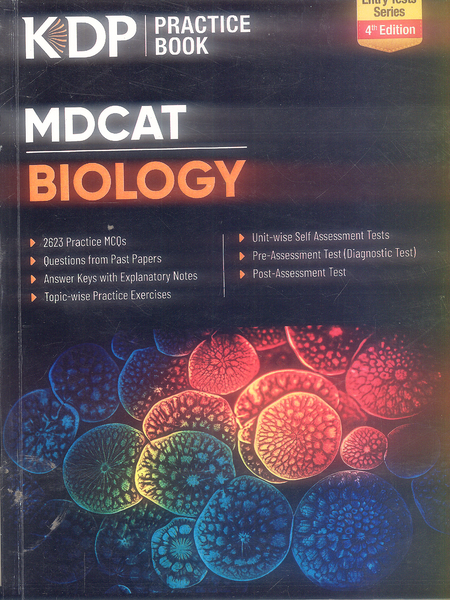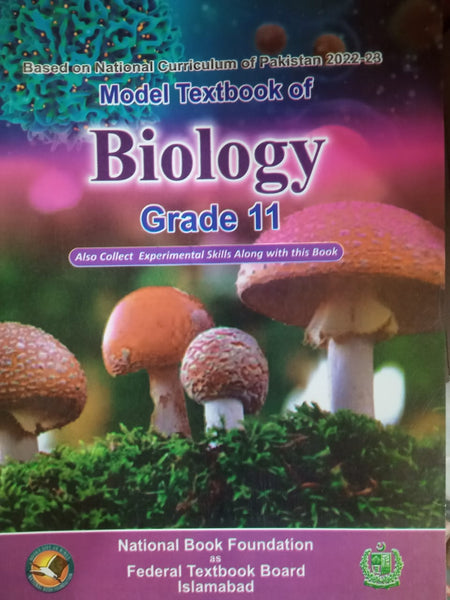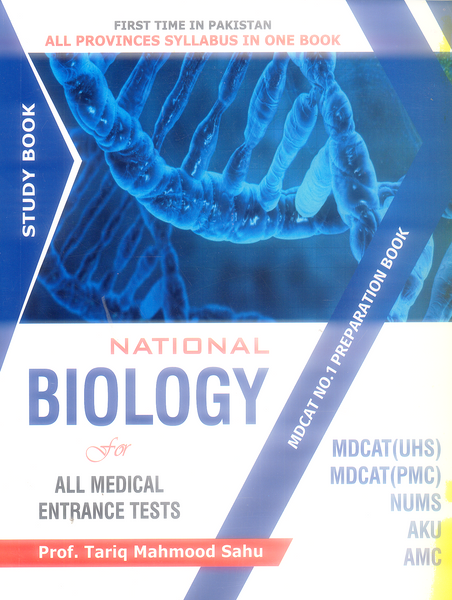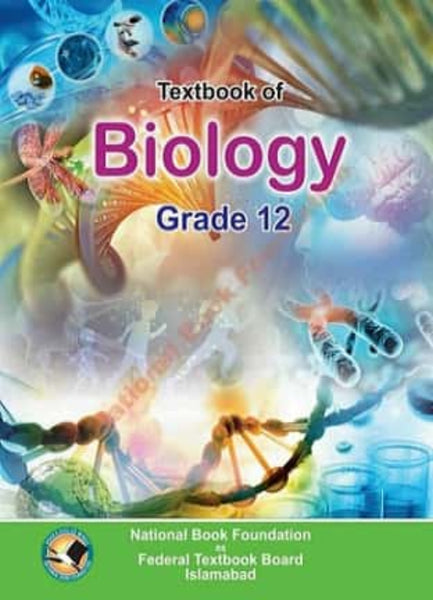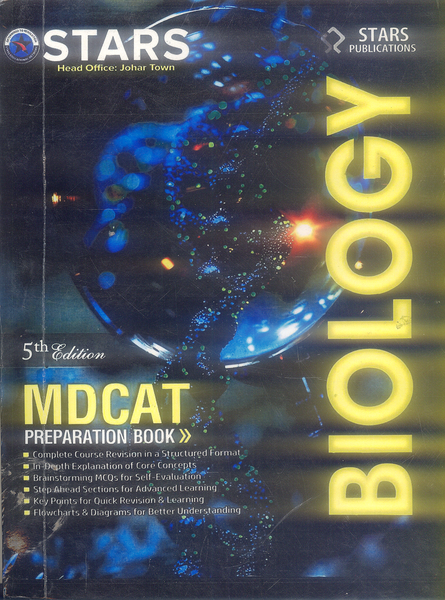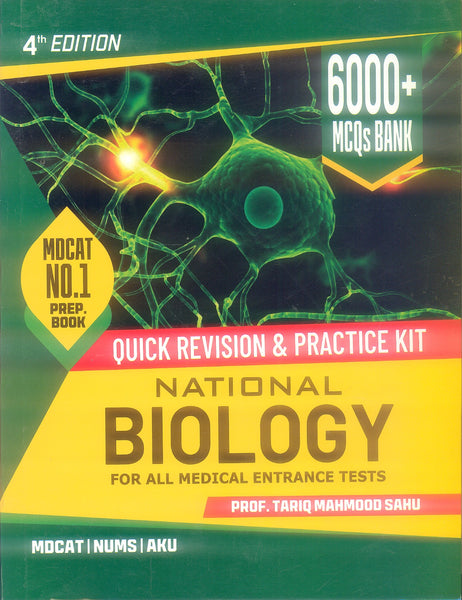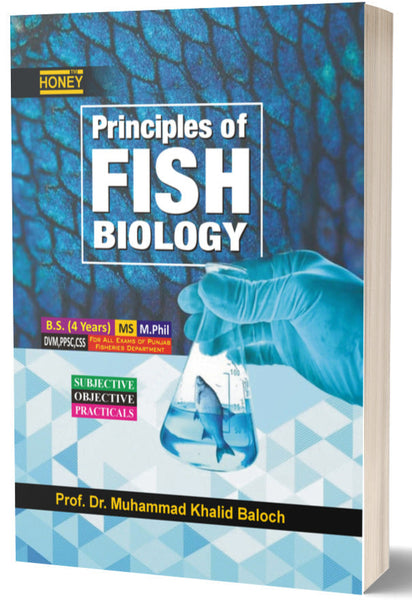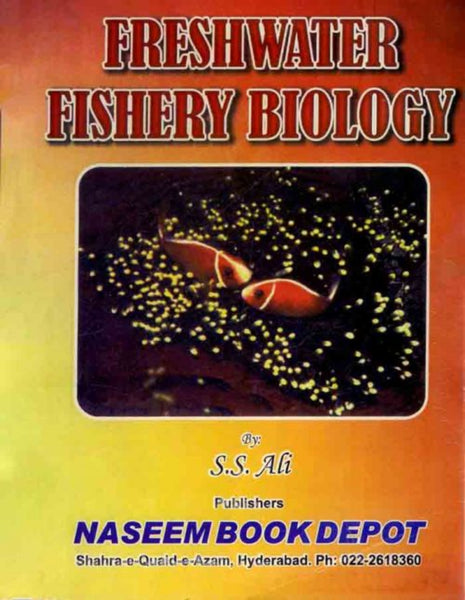Food Microbiology: An Introduction 3rd Edition by Thomas J Montville (Author)
- Publisher: FOOD SCIENCE & TECHNOLOGY
- Availability: In Stock
- SKU: 38407
- Number of Pages: 548
Rs.1,190.00
Rs.1,495.00
Tags: Applied Food Microbiology , best books , Best Price , best prices , best shop , bookshop , bookshop online , bookshopPakistan , buy online books , Fermentation , Fermentation Microbiology , Food Biotechnology , Food Hygiene , Food Industry Microbiology , Food Microbiology , Food Microbiology 3rd Edition , Food Microbiology Introduction , Food Microbiology Textbook , Food Microorganisms , Food Pathogens , Food Preservation , Food Quality Control , Food Safety , Food Safety Standards , Food Spoilage , Foodborne Diseases , Foodborne Illness , Foodborne Pathogens , good books , good booksonline , Kalmia E Kniel , Karl R Matthews , Microbial Contamination , Microbial Ecology , Microbial Food Contamination , Microbial Food Safety , Microbial Food Testing , Microbial Growth in Food , Microbiological Analysis , online books store , Online Bookshop , Online Bookshop Pakistan , online shopping , Online Shopping Pakistan , OnlineShoppingPakistan , PakistanBookshop , PakistanOnlineShopping , price cut , price-friendly Comprehensive , Public Health , ReasonablePrice , Reference , Science and Medicine , Shopping , ShopSmartPakistan , Thomas J Montville
Food Microbiology: An Introduction 3rd Edition by Thomas J. Montville, Karl R. Matthews, and Kalmia E. Kniel offers a foundational overview of the principles and practices of food microbiology. This edition provides an accessible introduction to the role of microorganisms in food production, safety, and preservation. The text covers a variety of topics, including foodborne pathogens, spoilage organisms, and beneficial microbes, alongside the methods used to detect and control these microorganisms in food systems. It emphasizes the significance of microbial ecology in understanding food safety and quality. With updated research findings and practical applications, the book serves as a valuable resource for students, educators, and professionals in food science, microbiology, and related fields.
Keypoints:
-
Foundational Concepts
The book establishes essential concepts in food microbiology, making it suitable for beginners and those new to the field. -
Comprehensive Coverage of Microorganisms
It details various microorganisms involved in food safety, including pathogens, spoilage organisms, and beneficial microbes used in fermentation. -
Foodborne Pathogens
Extensive information on key foodborne pathogens, including their characteristics, sources, and health impacts, is provided. -
Microbial Ecology
The text emphasizes the ecological aspects of microorganisms in food systems, explaining how they interact within various environments. -
Detection and Identification Methods
It covers contemporary methods for detecting and identifying microorganisms in food, including traditional culture techniques and molecular diagnostics. -
Control Strategies
The book discusses various strategies for controlling microbial growth in food, including preservation methods and food safety management practices. -
Food Safety Regulations
Updates on food safety regulations and guidelines ensure that readers are informed about current industry standards and practices. -
Real-World Applications
Practical applications and examples illustrate how microbiological principles are applied in food production and safety. -
Emerging Issues in Food Microbiology
The text addresses emerging issues and challenges in food microbiology, such as antibiotic resistance and global food safety concerns. -
Student-Friendly Format
Written in a clear and engaging style, the book includes illustrations, summaries, and review questions that enhance learning and comprehension.
Conclusion
Food Microbiology: An Introduction is a vital resource for understanding the complexities of microorganisms in food systems. The third edition provides a balanced approach to food safety, emphasizing the importance of microbial interactions and the latest techniques for detection and control. This book is an invaluable tool for students, educators, and professionals in food science and microbiology, equipping them with the knowledge necessary to navigate the challenges of food safety and quality.
════ ⋆★⋆ ═══
Writer ✤
Thomas J Montville (Author), Karl R Matthews (Author), Kalmia E Kniel (Author)

